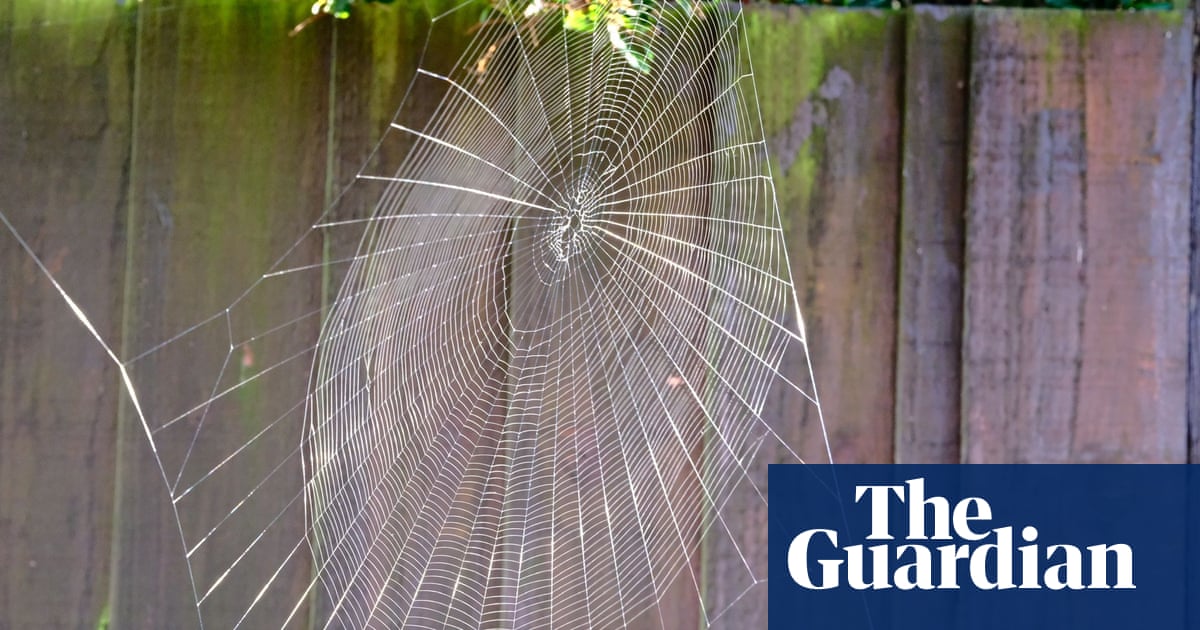
rom Rothbury our path runs steeply uphill, the view opening out with every calf-pulling step. The sun is shining, a church bell chimes the quarter and a farmer on a quad bike is feeding sheep and lambs. We walk past Sharpe’s Folly, a round tower built by the 18th-century rector as an observatory and to relieve unemployment. Then it’s out on to the moorland, where latticed heath moths flicker past and skylarks sing.
The first sign of something unusual is a jagged upright rock like a molar, with deep grooves running down from its apex. It is speckled with lichens in grey, silver and pewter, and echoed by further tooth-like forms. Across this flat spur of land known as Lordenshaw, more than 100 carved stones are scattered among the heather, one of the largest assemblages of prehistoric rock art in the country.
The Simonside hills rise above us, but to east and north this is a prominent position overlooking the fertile valley, the distant Cheviots and a gleam of the North Sea. Maybe that is why it was important to the neolithic and bronze age people who etched their symbols into the sandstone. Using a harder rock as a tool and striking it with a mallet, they decorated the surfaces of huge boulders with cup and ring markings, grooves, channels and concentric rings. In places, they enhanced and deepened the natural crevices in the rock.
The largest is Main Rock, pecked with cup-like hollows, some embraced by single, double or triple rings. We look for meaning in the decorations. Perhaps they marked out territories or routes, or were sacred spaces. Prehistoric rock art expert Stan Beckensall speaks of their “indefinable power and beauty”.
Added to this are further layers of history. Lordenshaw was chosen 1,000 years later by iron age people as the site for a hillfort, their hut circles enclosed in multivallate ramparts. Later still, the tumbled walls of a 13th-century deer park.
As I search for more carvings, there’s a crackle of dead bracken as a hare springs away from beneath my feet. And adding further to the magic of the day, a cuckoo calls from a far-off wood.












